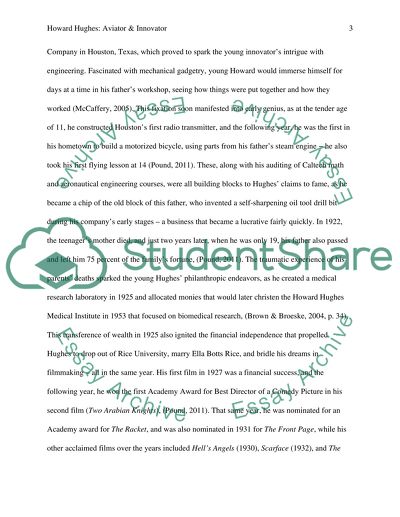Cite this document
(Howard Hughes: Aviator and Innovator Term Paper, n.d.)
Howard Hughes: Aviator and Innovator Term Paper. Retrieved from https://studentshare.org/biographies/1391279-howard-robard-hughes-jr
Howard Hughes: Aviator and Innovator Term Paper. Retrieved from https://studentshare.org/biographies/1391279-howard-robard-hughes-jr
(Howard Hughes: Aviator and Innovator Term Paper)
Howard Hughes: Aviator and Innovator Term Paper. https://studentshare.org/biographies/1391279-howard-robard-hughes-jr.
Howard Hughes: Aviator and Innovator Term Paper. https://studentshare.org/biographies/1391279-howard-robard-hughes-jr.
“Howard Hughes: Aviator and Innovator Term Paper”. https://studentshare.org/biographies/1391279-howard-robard-hughes-jr.


